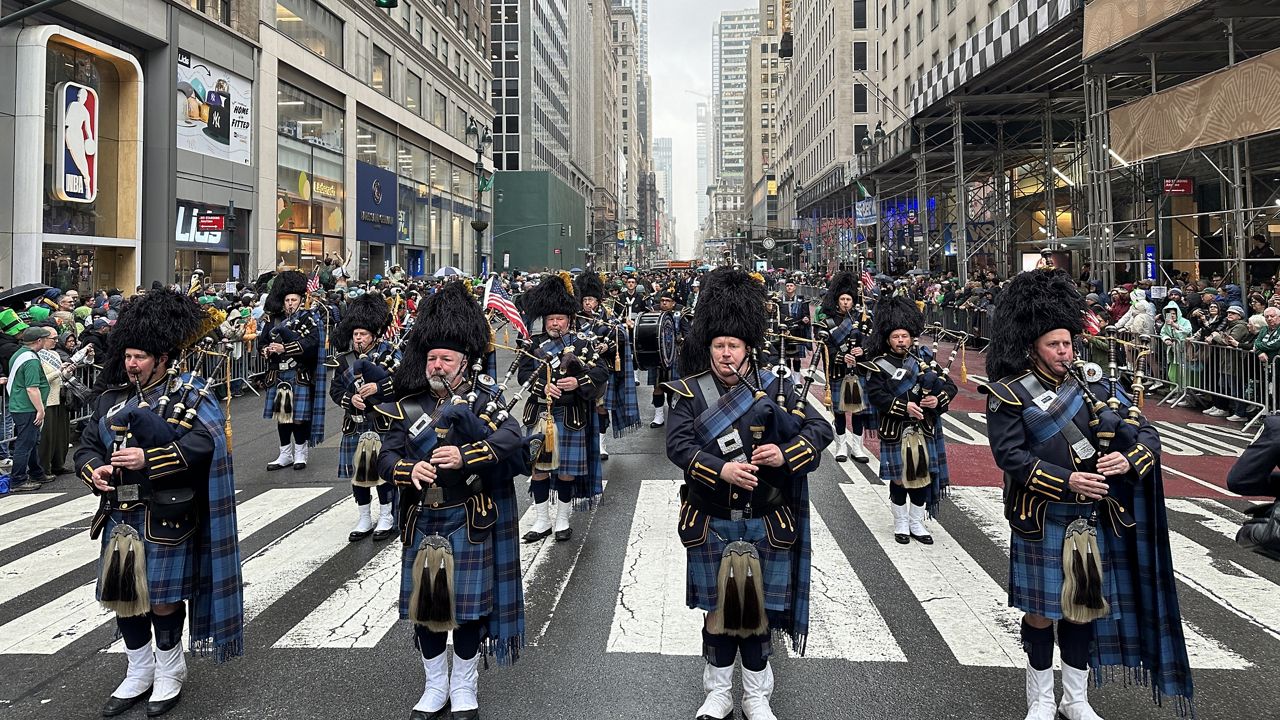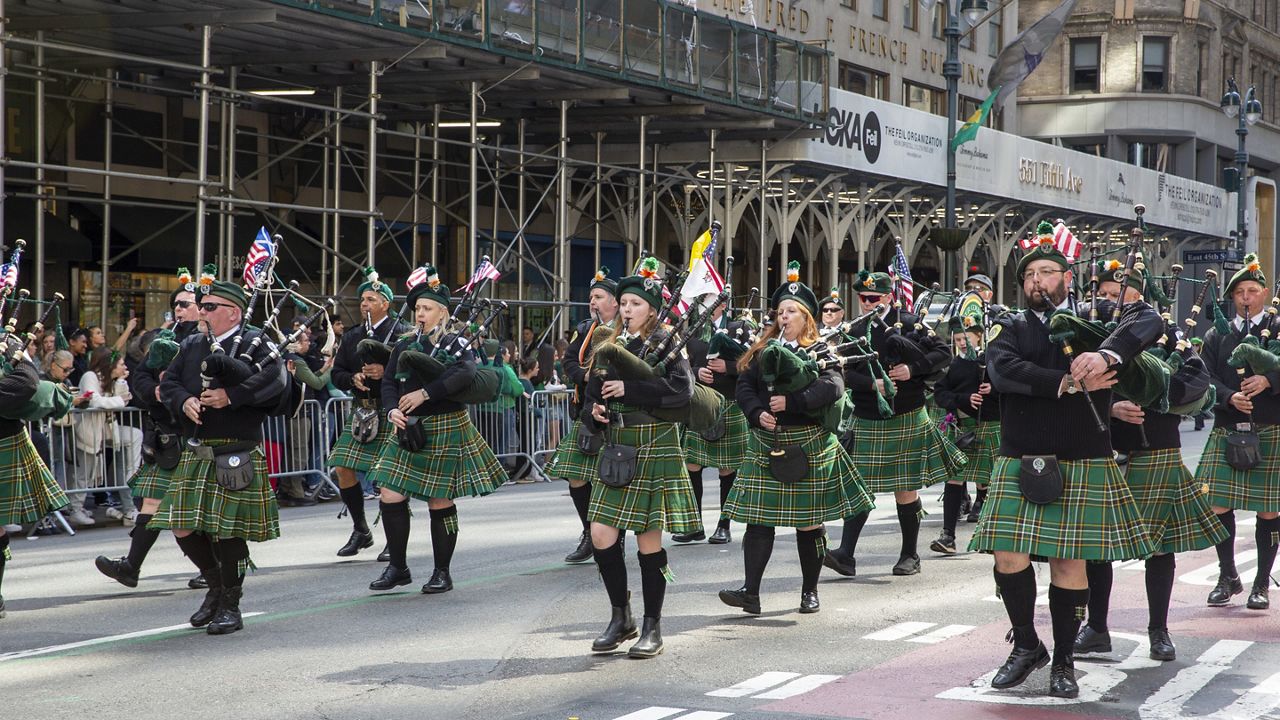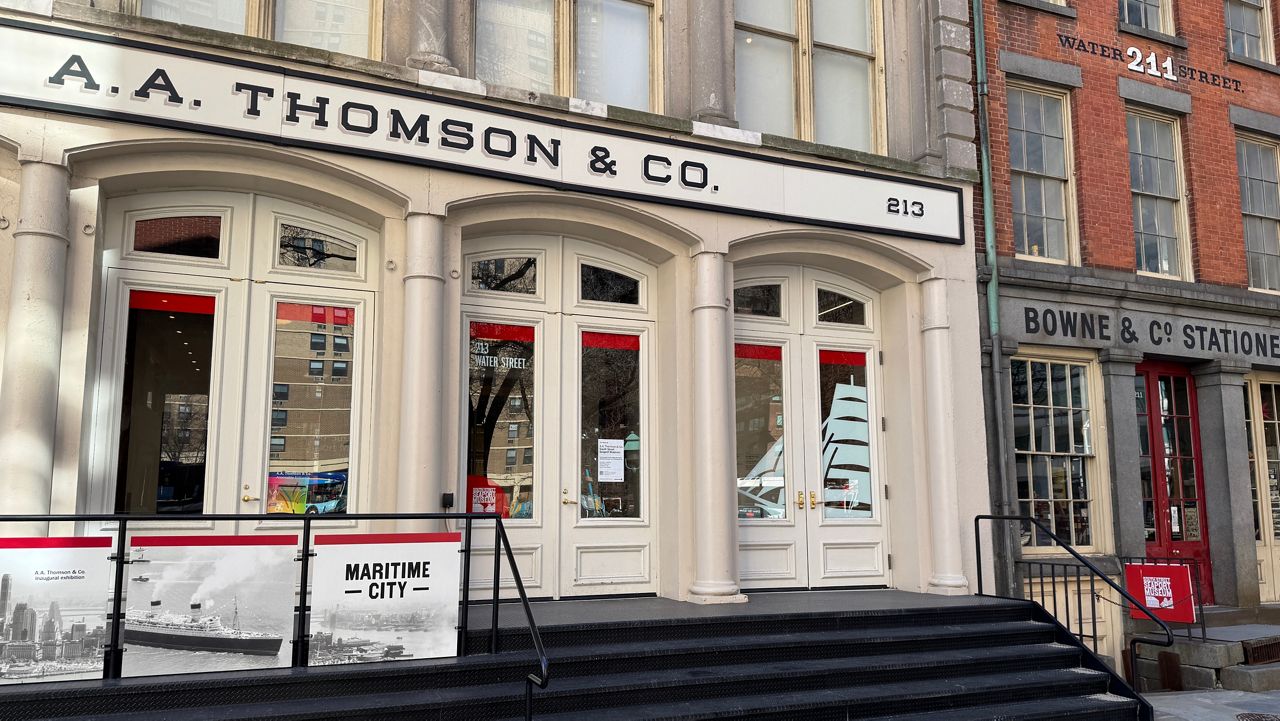Visitors to the Museum of Jewish Heritage are now greeted by a box car like the ones Nazis used to transport people to their deaths.
Inside, all three floors of the museum display artifacts from the Auschwitz concentration camp. A barrack, barbed wire, gas masks — it's an exhibit of hate.


"There's never been an exhibition like this in New York City … showing the horrors, showing what happened at Auschwitz and also why it happened. It happened because of the world's indifference," Ronald Lauder, the chairman of the Auschwitz-Birkenau Memorial Foundation and president of the World Jewish Congress, said at a preview event this week.
As early as 1938, world leaders met to discuss the Nazi persecution of Jewish people. At that time, Jewish people were still allowed to leave Germany, but few countries would take them.
"Franklin Delano Roosevelt and the United States closed their doors to the Jewish people trying to escape and almost every country followed them. What would've happened if the U.S. had opened its doors to them?" asked Lauder.
The museum says this is its biggest and most important exhibit ever. It features 700 objects never before seen in the U.S., including items that belonged to Anne Frank, the Jewish teenager victim whose diary documented her life in hiding before the Nazis killed her.

By the end of World War II in 1945, six million Jewish people were murdered. The exhibit also includes other victims the Nazis singled out.
"There were Poles, there were Soviet prisoners of war," said Jack Kliger, the president of the Museum of Jewish Heritage. "There were homosexuals, there were gypsies, there were disabled.
"So it's really a testimonial to what hate can do."

The exhibit is called "Auschwitz. Not long ago. Not far away" — a reminder, organizers say, of this history at a moment of growing anti-Semitism in America.
Kliger underscores the urgency to teach this dark chapter of history. "By next year, the youngest survivor will be 75 years old. We do not have a lot of time for the survivors, which is why it's so important … to have testimony, to have a memory, and for the next generation to be educated and to join in the resistance," Kliger said.

The museum says it's so vital for young people to see this exhibition that it's making admission free for all New York City public school students.
The exhibit will open to the public May 8 and will be on view on view through January 3. For information on the exhibit, head to mjhnyc.org
------
Main story image courtesy of the Museum of Jewish Heritage.









